4 Online Trends Non-Profits Should Know
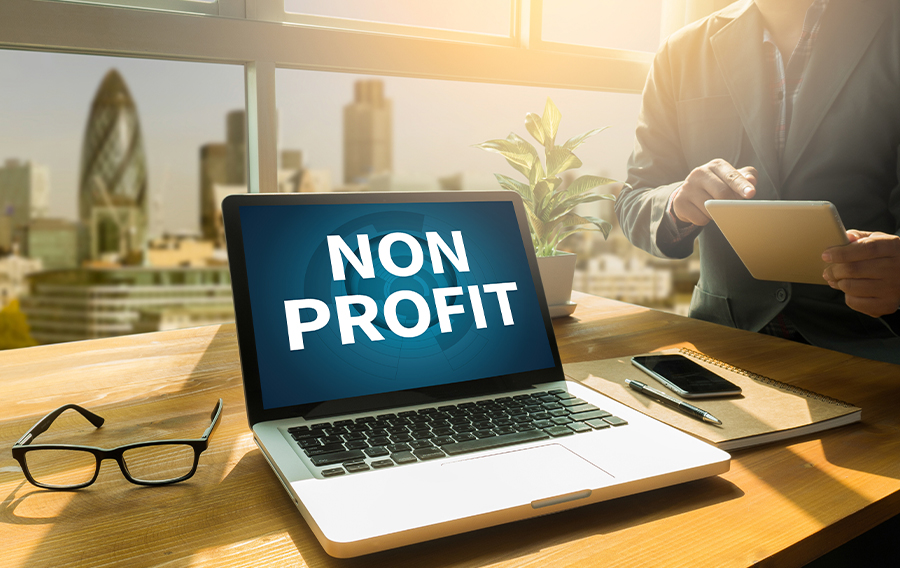
Written by Gerard Tonti, Senior Creative Developer at Salsa Labs
Nonprofits are using data and digital tools to bolster their missions. Learn about these useful online trends and how they can be implemented across sectors.
Even before the pandemic hit, people were already spending a lot of time online. In 2019, the average American spent 8.5 hours using the internet each day. And now, with in-person activities limited by social distancing recommendations, online tools have become society’s primary mode of interaction.
Businesses, associations, and nonprofits have gone virtual in order to successfully engage their audiences. To rise above the noise, all of these groups must adopt innovative strategies and new online tools. But with so many options available, it can be challenging to know which strategies will drive the most success.
In the nonprofit world, fundraising professionals have found creative, digital ways to cultivate relationships with donors and continue raising money. After all, even in a period of economic uncertainty, their missions are still critical, often even more so than before.
At SalsaLabs, we specialize in helping nonprofits leverage technology to engage supporters and fundraise effectively. Based on our experiences in the nonprofit sector, we’ve compiled a few tried-and-true online practices that any organization can take advantage of!
Forward-thinking nonprofit organizations are implementing new virtual strategies including:
- Hosting virtual events to engage supporters.
- Optimizing content for mobile devices.
- Utilizing automation to boost efficiency.
- Leveraging data to make smarter decisions.
These methods will also continue to offer benefits long after the current crisis is over. Let’s get started.
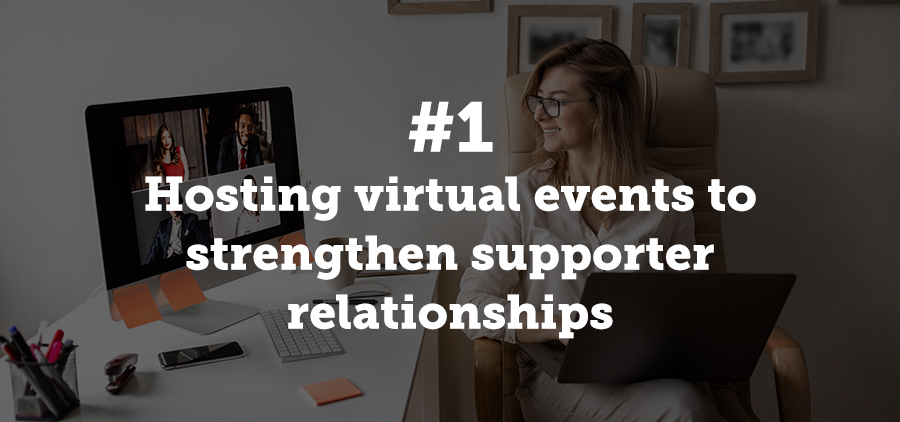
1. Hosting virtual events to strengthen supporter relationships.
Why
Even though nonprofit professionals such as yourself can’t interact with donors face-to-face, it’s still important to focus on donor stewardship and relationship cultivation. By hosting virtual events, you can make progress towards your fundraising goals while also connecting with your supporters.
Virtual events also have the advantage of being accessible to attendees in different geographic areas, allowing your organization to have a wider reach than with in-person events. Additionally, virtual events are typically less expensive to host than in-person events, since you won’t need to rent a venue, provide food, or set up decor. These benefits make virtual events a viable option even for “normal” times.
How
In recent years, there have been many new platforms that make holding virtual events possible and simple to manage. And now, these platforms have become more prevalent than ever.
Consider hosting one of these engaging virtual events that enable your nonprofit to establish community and unite supporters to drive your mission forward:
- Peer-to-peer event. As the Salsa guide to peer-to-peer fundraising explains, a kick-off or finale event can be a great way to generate excitement and community from your fundraiser. These events can easily be held online! For example, during a virtual walk-a-thon, supporters will walk a designated distance on their own and track their progress using a fitness app or wearable device, and their friends and family can sponsor their efforts.
- Virtual auction. Hosting an online silent or live auction can be engaging for donors and profitable for your organization. Your supporters will walk away (or log off) with a great memory and a desirable item, and you’ll raise key funds for your mission.
- Stewardship event. A virtual gathering like a happy hour, book club, or open mic night can help your supporters to feel more connected to one another, your staff, and in their relationships with your organization.
- Virtual conference. While this event will require additional planning, it can be a great way to bring people together over a longer period. You can invite organizational leaders, longtime volunteers, or individuals impacted by your nonprofit to speak. Don’t forget to include some virtual networking opportunities in addition to traditional keynotes and panels! Virtual event software that provides breakout rooms makes it easy to mirror panel discussions from those big event conferences.
Each of these virtual events can help your nonprofit to create positive experiences for supporters and deepen your relationships with them. And there are plenty of other options to try out! Get creative and find new ways to engage your supporters as you plan your virtual event calendar.
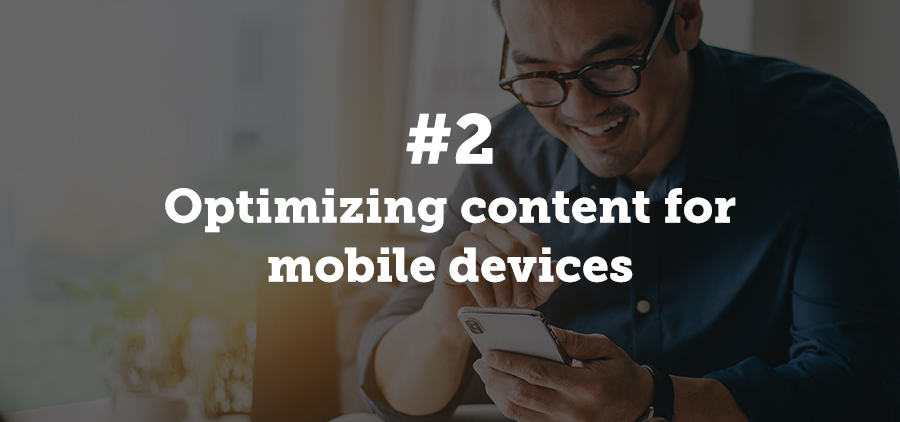
2. Optimizing content for mobile devices.
Why
Now, more than ever, your supporters are getting online via mobile devices rather than traditional desktop web browsers. A whopping 51% of worldwide web traffic comes from mobile devices!
Therefore, mobile responsiveness has become an important tool for organizations in all sectors. Visitors to your website should easily be able to navigate through pages, access key information, and complete their desired actions without needing to squint, zoom, or scroll too far.
To narrow it down even further for the nonprofit sector, a mobile-friendly website is critical to your fundraising efforts. According to Morweb’s guide to donation page design, 25% of donations are made on mobile phones. If your site has a poor mobile experience, you risk alienating potential donors and missing out on those contributions.
How
Make sure your website and donation pages are constructed with mobile devices in mind. If you’re using a modern CMS, there’s probably a mobile layout built-in already, but you’ll still want to confirm that everything looks right and functions properly on mobile devices. To do this, you can use built-in features on your CMS or your browser’s inspect tool (which you can access either through the menu or with a right-click.)
To create a user-friendly mobile experience, consider the following elements:
- Mobile-friendly navigation. Your menu should adapt to different screen sizes. Often, this means employing a “hamburger” menu that can be accessed by clicking on an icon in the corner of the page.
- Responsive layout and content. Ensure that the layout, images, and text size are all appropriately sized for mobile. Full-page graphics may look stunning on a desktop, but you’ll want to use smaller images that adjust on the fly or use proper size ratios for smaller screens.
- Page load speed. When visitors are accessing your site via cellular data, page load speed is even more critical. While some page load elements are best handled by your web developer (like disabling unnecessary scripts or minimizing CSS code), an easy boost is to compress all images. You can also make sure large images used for desktop browsing are switched for smaller-sized, mobile-optimized graphics.
These tips will ensure that your website creates a positive user experience on all screen sizes. If visitors can easily find the information they’re looking for, they will be more likely to get involved with your organization and to make a donation.
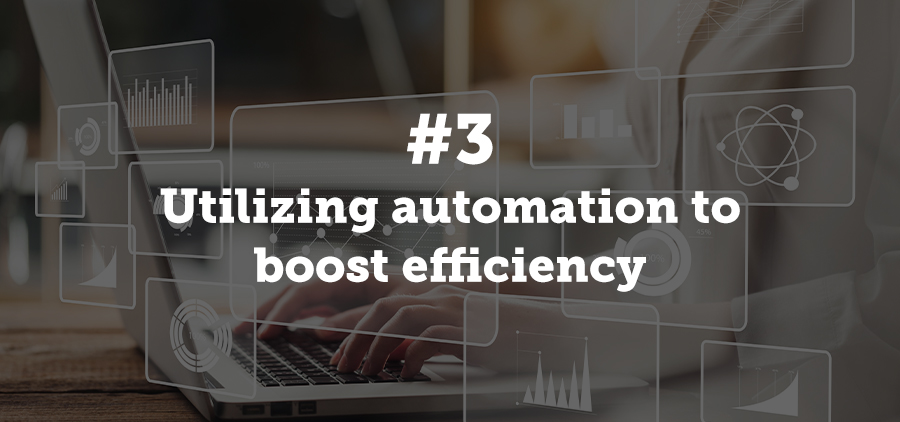
3. Utilizing automation to boost efficiency.
Why
Automation (especially in marketing efforts) helps nonprofits use time and resources most efficiently. Marketing automation tools allow you to send the right message, to the right person or group, at the right time, increasing the likelihood that your message will have its intended effect.
Plus, automation tech makes it possible to create segments of supporters and incorporate personalized content into each message. These practices will help your content resonate with supporters and lead them to feel more connected to your mission. Better connections lead to increased engagement and higher donations, online and offline.
How
Automation works best if you already have a well-informed marketing strategy in place. While software automation features can amplify and improve your messaging, it can’t understand your audience for you! If you already have a sound marketing strategy to build on, look for engagement software that includes marketing automation tools.
Automation tools can enable you to:
- Create a drip campaign. As discussed in this guide regarding nonprofit email marketing, a drip campaign is based on the idea of a marketing funnel. Supporters receive an ordered, scheduled series of communications that start with one action and run until a target action, or goal, is completed. For example, a welcome series might start when a supporter signs up for your newsletter and run until they make a donation.
- Include personalized data. Use the existing data in your nonprofit CRM to personalize the messages you send to supporters. You can use basic information like the recipient’s first name to customize the greeting and subject line, but challenge yourself to go further. By including data like a recent donation amount or volunteer history, you can remind each supporter of the tangible impact they’ve had on their mission. For example, you might say “Your recent donation of $100 provided back-to-school supplies for four children in foster care.”
These strategies will allow your team to cultivate stronger relationships with supporters while saving time. Therefore, you can make a greater impact on your mission with less effort.
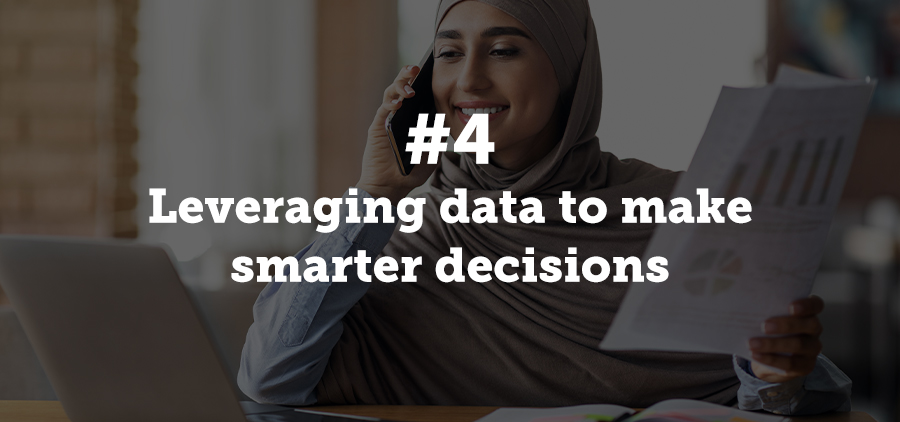
4. Leveraging data to make smarter decisions.
Why
The foundation of any successful online strategy is data. From making sense of post-event data to analyzing recent social media metrics, an accurate understanding of your organization’s historical and current engagement data is critical.
Many successful nonprofits use powerful donor database software to make smarter decisions about fundraising campaigns and marketing plans. By knowing what has worked effectively (or suboptimally) in the past, it’s possible to make informed improvements to your overarching strategy.
How
As you determine how to leverage the data available into your CRM, there are several things to think about. Everything from a broad overview to small details can be analyzed to provide helpful information and context.
Consider incorporating the following types of data into your decision-making process:
- Big-picture data. Looking at trends from across your organization provides a valuable overview of where you’re successful and where you can improve. For example, when are your supporters most engaged on social media, or which type of fundraising campaign drives the most generous donations? Although this data can take time to collect, it can be useful for planning future campaigns.
- Activity-based data. Real-time reporting can help you quickly adjust your strategy even in the middle of a campaign. For example, if the first email in a campaign has an unexpectedly low open rate, you can edit the message before it gets sent to future subscribers in the automation.
- A/B testing data. For a more granular approach, you can incorporate A/B testing (also known as split testing) into your strategy. With this practice, you can test the performance of one specific message feature like a subject line, send time, graphic, or color of a donation button. The element you’re testing will be the only difference between otherwise identical messages, allowing you to accurately attribute the cause of changes in performance.
Your donor management software should make it easy to view and export this data in easy-to-understand reports and visualizations.
TL;DR – Nonprofits are using digital engagement strategies, powerful tools, and data-based decision making to drive missions forward. These trends can benefit many organizations especially as we continue to spend more and more of our time online.
About the Author
Gerard Tonti is the Senior Creative Developer at Salsa Labs, the premier fundraising software company for growth-focused nonprofits.
Gerard’s marketing focus on content creation, conversion optimization and modern marketing technology helps him coach nonprofit development teams on digital fundraising best practices.